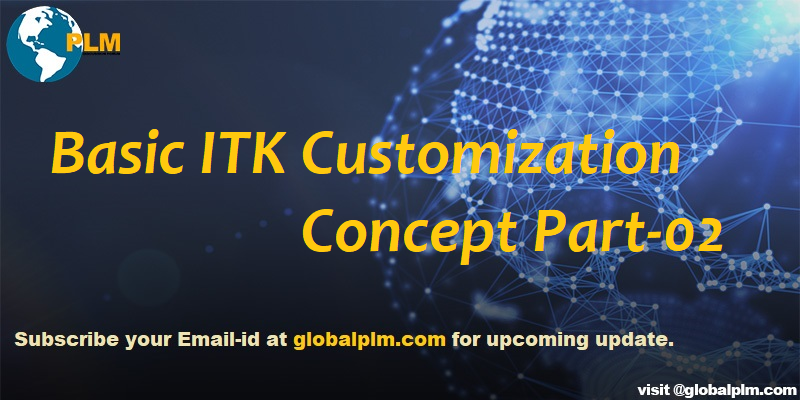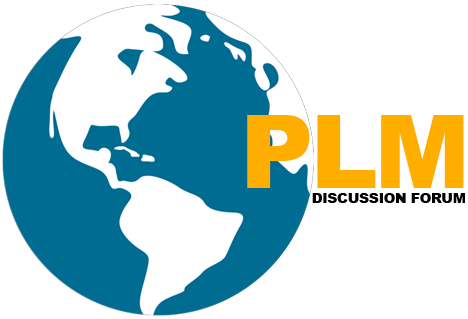
Types of Server Customization using ITK

1.User Exits:
- Exit points from standard Teamcenter end-user functionality to a C program.
- one can use them when you want to call your Customization directly from Teamcenter interactive session.
- They are already a written function in TC_ROOT folder under include directory that will be modified as per business requirement.
2.Server Exits:
- Server points from standard Teamcenter functionality to Java.
- one can use them when you want to call your functions from Java in the Teamcenter Rich client.
3.Custom Exits:
- It is a way to modify user exits and server exits to avoid unintentional changes in a code that may affect other functionality.
- Instead of modifying the existing function, one can create our new function and place in the appropriate folder that is in bin folder of TC_ROOT.
Types of User Exits
1.Method Message Customization
a.Preaction
- if you have to perform some action before executing the method is called Pre-action.
b.PreCondition:
- if you have to check any condition before the execution of the method.
c.PostAction
- Use if you have to perform some action after the execution of the method.
2.Handler Customization
a.Action Handler:
- Perform needed action using workflow.
b.Rule Handler:
- Perform check during the workflow.
3.Runtime Property Extensions
Runtime Property Extensions worked on runtime execution with help BMIDE.
Basic Terminologies to write User Exits.
1.Register Callbacks
- It is a function that provides entry points to custom libraries.
2.Custom Register Callbacks
- This function registers customization for all customization contexts registered in the options dialogue box.
- This function loads the custom library and calls entry point function pointer to register custom exits.
- The entry point function contains the custom registration for the required User exits.
Example: int_function name_register_callbacks()
3.Custom Register Exit
int CUSTOM_register_exit ( const char* context, /* <I> */const char* base_ftn_name, /* <I> */CUSTOM_EXIT_ftn_t custom_ftn /* <I> */);
4.Custom Execute Callbacks
int CUSTOM_execute_callbacks ( int* decision, /* <O> */const char* ftn_name, /* <I> */variables /* <I> */ );decision
Executes one of the following options:
- ALL_CUSTOMIZATIONS
- ONLY_CURRENT_CUSTOMIZATION
- NO_CUSTOMIZATIONS
Algorithm (Flow) to write a Program for Method Message Customization and Handlers
1. Please Include all required header files.2. Define DLLAPI using _descpec (dllexport) keyword.3.Define PLMerror (We want to show our custom message).4. Please create Custom Register callbacks function to Register customization and to call the entry point function.5. Please create Custom Register Exit function to register a custom exit.6. Please create Custom Execute Callbacks to execute custom callbacks registered for a particular USER_ exit.7. For Method message customization, Use APIs like ‘Method_Find_Method’ and Method_add_precondition/post-action/preaction (depending on business requirement). 8.For Handlers,Use APIs like EPM_Register_Action/Rule_Handler, EPM_ask_root_task,EPM_ask _attachments etc.
Note: In ITK Customization only rule handler returns Decision.
9. Write program logic (custom code) as per requirement under the custom function.
Frequently Used ITK Modules & APIs in Module
- AE_ask_dataset_tool
- AE_find_datasettype
- AE_import_named_reference
- AOM_ask_name
- AOM_Lock
- AOM_ask_prop_names
- BOM_compare
- BOM_create_window
- BOM ask window top line.
- EMH_ask_error_texts
- EMH_user_error_base
- EMH_store_error_s1
- SA_ask_current_role
- SA_find_group
- SA_create_user
Popular Teamcenter Article published
Microsoft Visual Studio Project configuration for Teamcenter Unified ITK
Four Easy Steps to Get Subscribed
Step1:-Enter your Email address and Hit SUBSCRIBE Button.
Step2:-Please check inbox and open the email with the subject line“Confirm your subscription for Global PLM“.
Step3:-Please click “Confirm Follow” and you got the email with the subject” Confirmed subscription to posts on Global PLM”.
Step4:-Voila, You are subscribed.Happy Learning
We will more post on PLM Tutorial–>Teamcenter Customization in upcoming days.
Kindly provide your valuable comment on the below Comment section and We will try to provide the best workaround.
Kindly subscribe to your Email-Id at (https://globalplm.com/) and drop any suggestions/queries to (globalplm2@gmail.com).

Can we write pre-action on Item_create ?
1
1
1
G5V48MhW
1*1
1*64*59*0
-1 OR 3+440-440-1=0+0+0+1
1′”
1%2527%2522
@@BjJOd
1
1
1
1
1
1
1